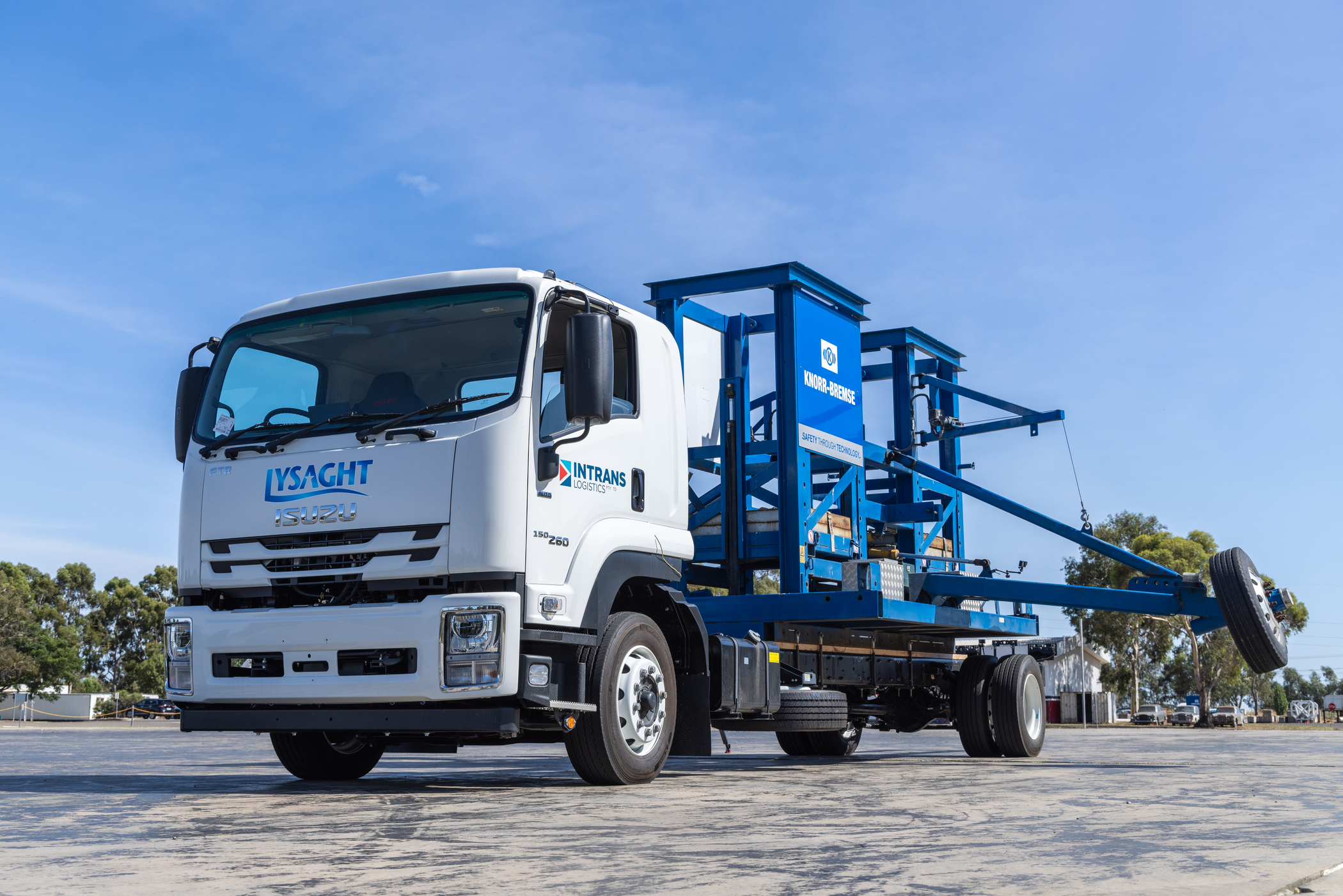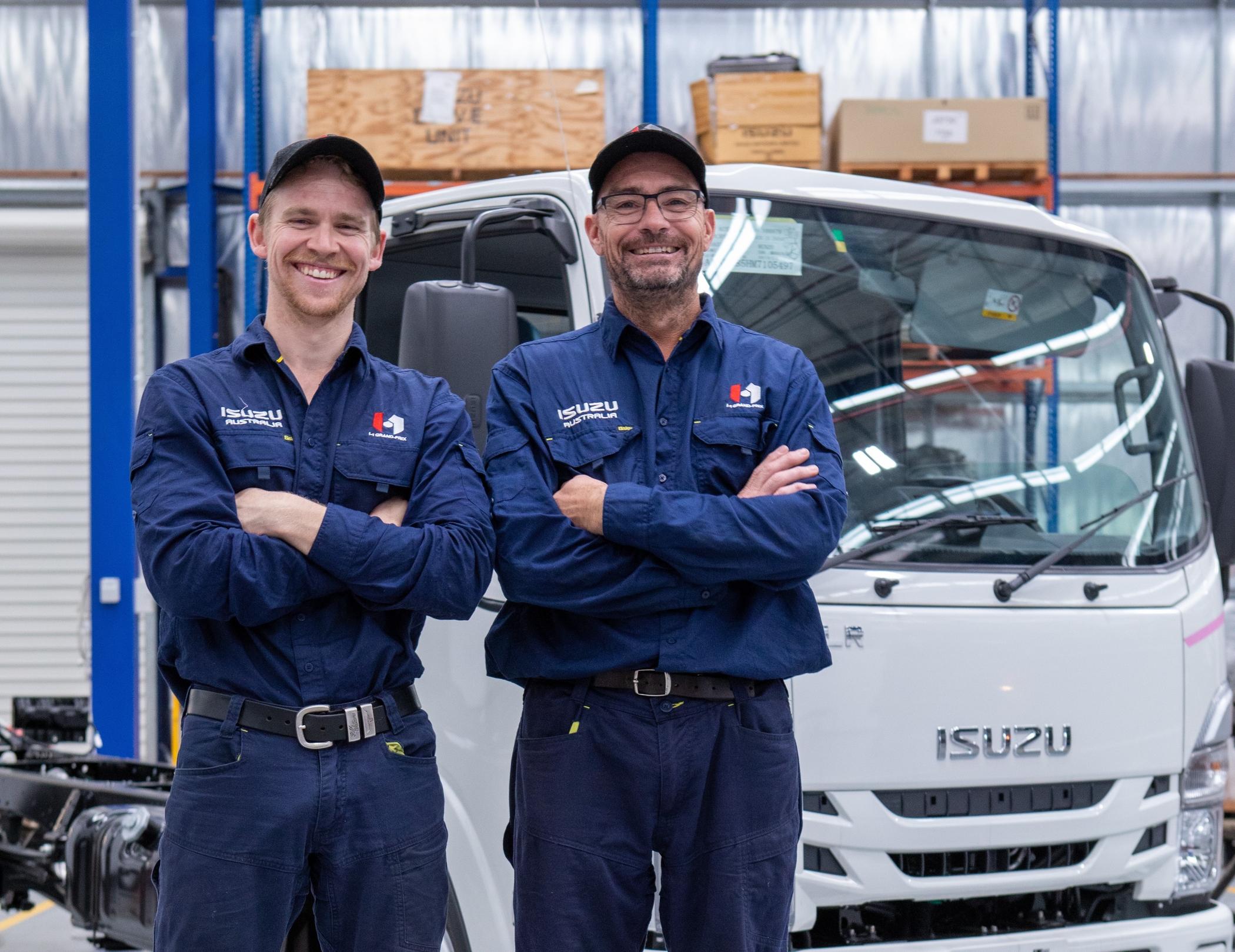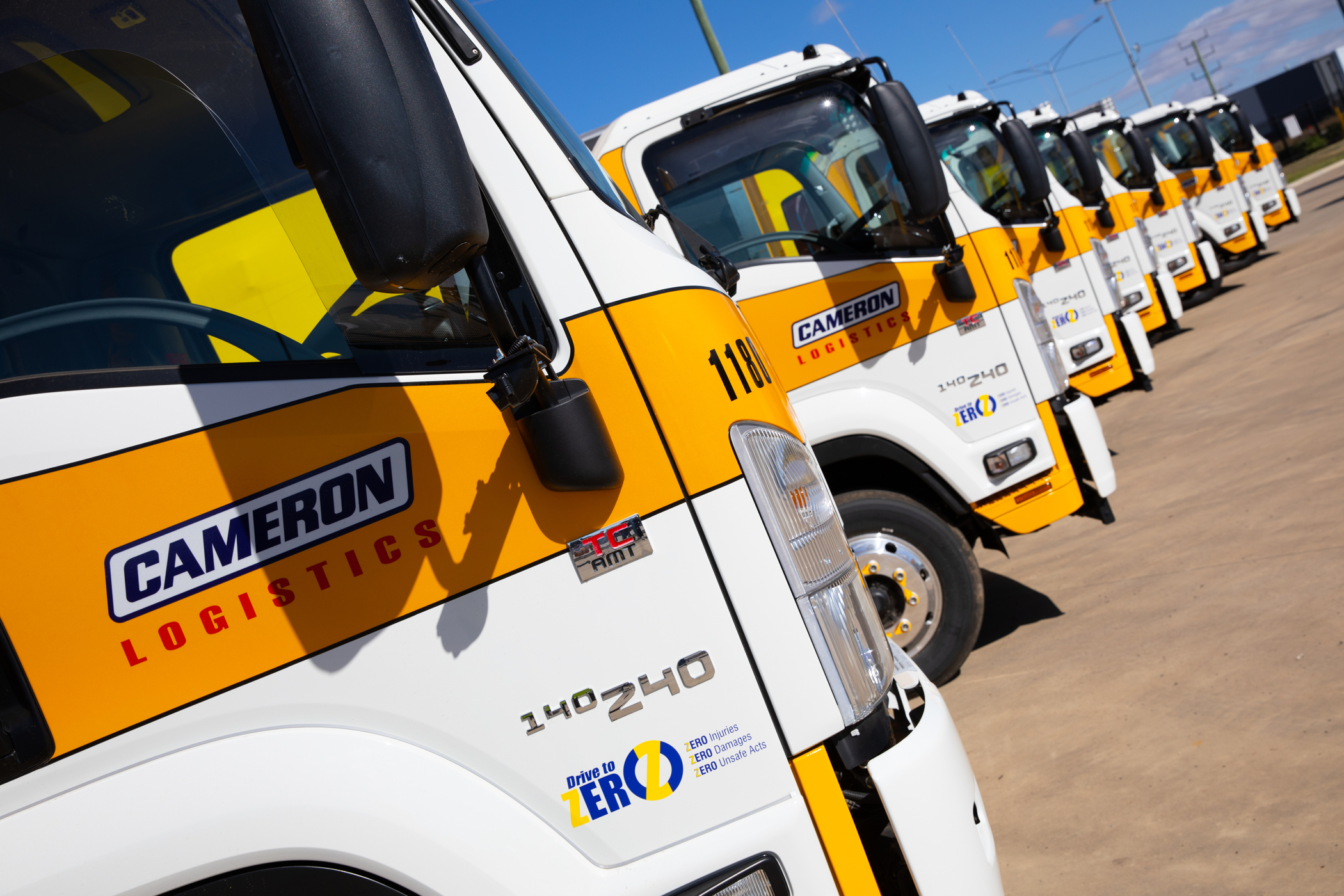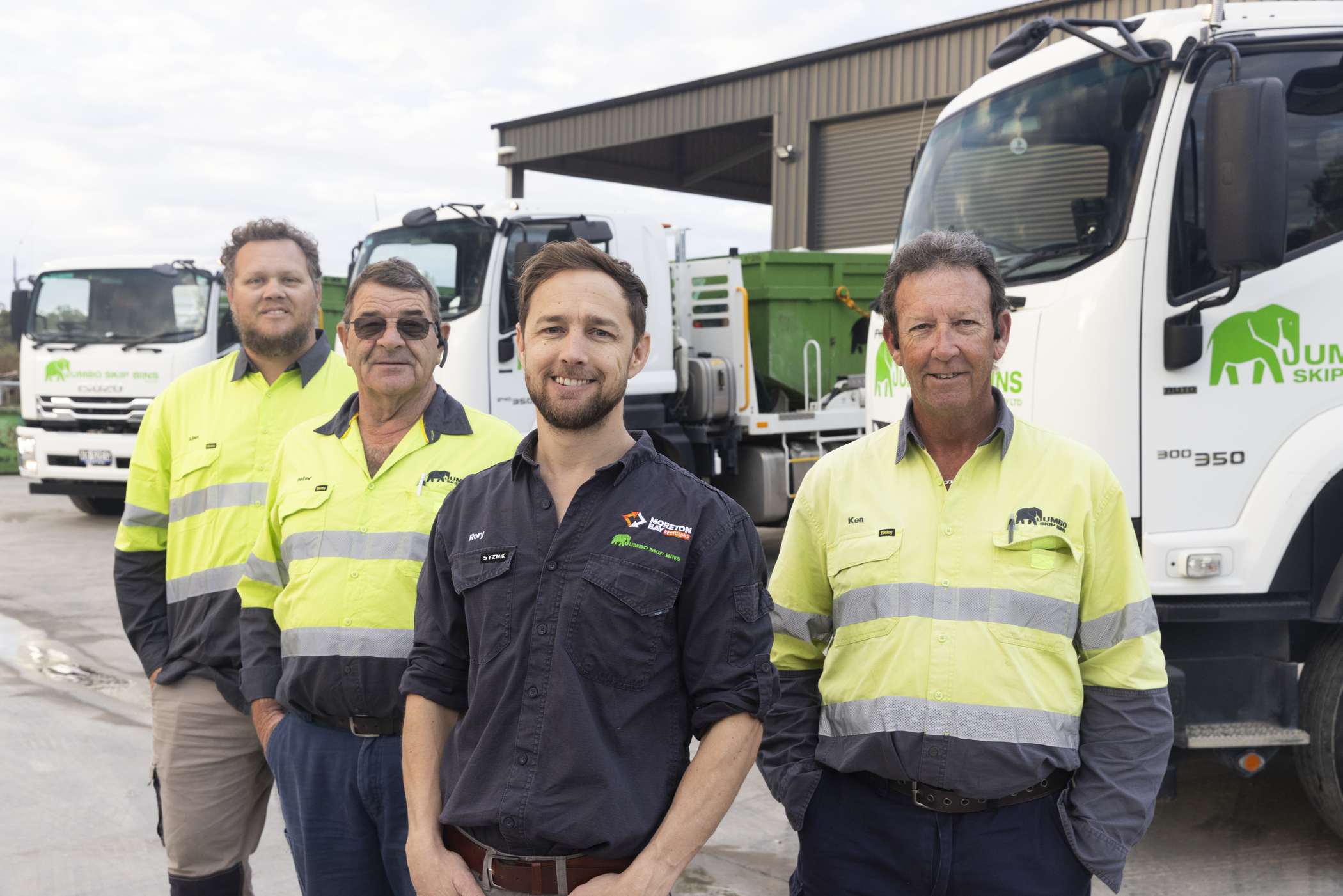YOUR GUIDE TO ELECTRONIC WORK DIARIES AND DRIVER FATIGUE TECHNOLOGY
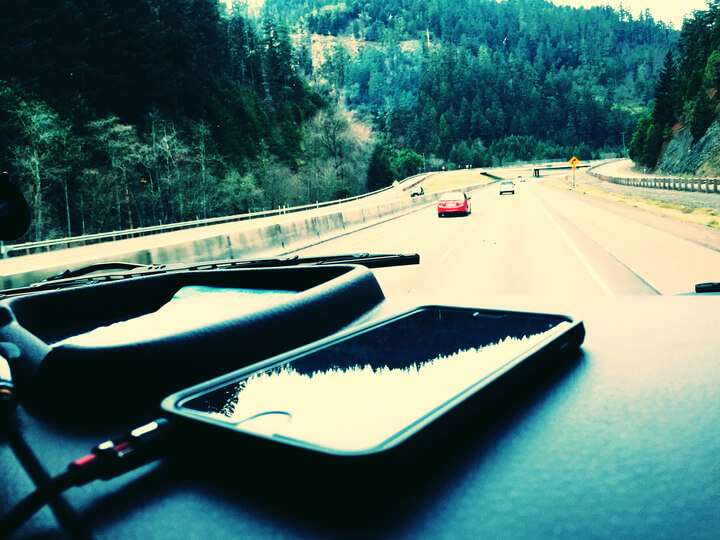
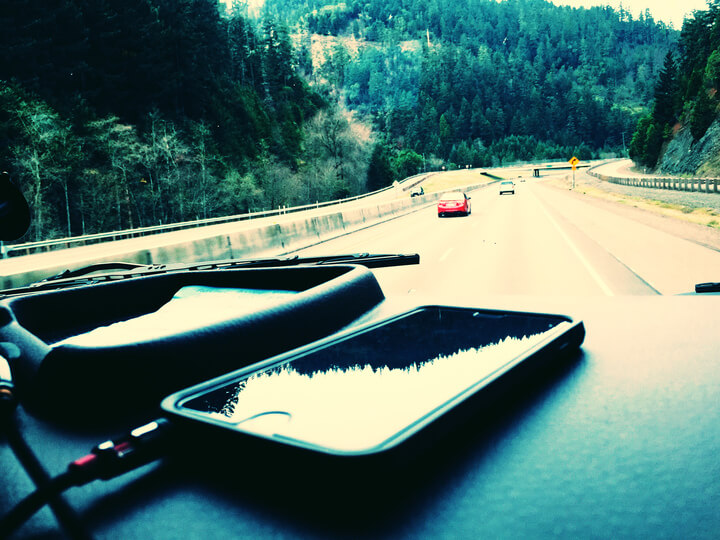
When it comes to new technology, it can be a tough gig picking the fads from the foolproof, especially when you’re checking out the latest innovations pitched at the transport industry. One area soaking up the spotlight is driver fatigue, with swag of hot tech tools on offer designed to recognise and stop fatigue as it happens, on the road and on work sites. One Aussie company grabbing headlines right now is using in-cab camera and image processing technology to track a person’s eye, face and head movements for signs of fatigue and ‘distraction’ (yep, this means checking mobile phones) while driving. Once identified, the software sparks in-cab alerts designed to keep drivers awake, and focused on the road or task at hand. There are also driver fatigue earpiece alarms that react to head movements as well as drowsiness detection sunglasses that measure eyelid movements for signs of tiredness. And if you’re after a less intrusive, ‘non-tethered’ solution then electrocardiography (ECG), (seat sensors that monitor your heart rate for signs of tiredness), might be just the ticket to reducing fatigue in your driver force.
While all these fatigue busters offer obvious merits when it comes to increasing awareness around driver tiredness, a preventative – rather than reactionary – approach to keeping fatigue off the roads also needs to be considered for a solid, nationwide solution. And that’s where the Electronic Work Diary (EWD) comes in to play. A driver’s work diary (be it written or electronic) is essentially written evidence of a driver’s work and rest hours, which must be compliant with fatigue management law. In late September 2015, the Heavy Vehicle National Law Amendment Bill 2015 was passed into QLD law. This paved the way for the introduction of EWDs as a voluntary alternative to the written work diary (WWD) for fatigue-regulated heavy vehicles (vehicles with a GVM of more than 12 tonnes) in QLD, VIC, TAS, ACT and SA. EWDs work by using a telematics In-Vehicle Unit (IVU), and a user interface (UI), to provide real-time reports of a driver’s work and rest hours. The automated approach means drivers and operators can monitor adherence to the rest and break regulations and respond to any breaches during the workday as they’re happening.
Simply put, EWDs will offer greater transparency and accuracy around fatigue compliance and, hopefully, save transport operators time and money while keeping our roads safer. For fleet owners already embracing telematics and the benefits of 24/7 driver and vehicle analytics, the transition to a ‘real-time’ work diary will more than likely be fairly painless. And if you’re weighing up whether you’ll trade in the pen and paper for EWDs, the good news is you’ve still got time to think about it. With plenty to be done in fine-tuning specifications for an Australian roll-out, the National Heavy Heavy Regulators (NHVR) think early 2017 is most likely when industry will be able to implement compliant EWD’s. The latest 2015 Amendment Bill also covers some of the main concerns around EWDs – particularly in the areas of privacy and penalties around breaches – so it’s well worth getting across the latest updates. The NHVR anticipates EWDs could save upwards of $200 million in increased productivity over five years, and if the promising safety and monetary benefits pan-out, it seems only likely the introduction of mandatory EWD’s won’t be far behind.


Playtime’s over, get $3,500* to spend on extras.
If you’re ready to get serious about tackling bigger jobs, grab yourself an NLR 45-150 AMT SWB Traypack from the Ready-to-Work range for $62,990 drive away*. And to prove we aren’t playing, buy any NLR Traypack before June 30 and you’ll get $3,500* to spend on genuine accessories or an Essentials service agreement.
Learn more
